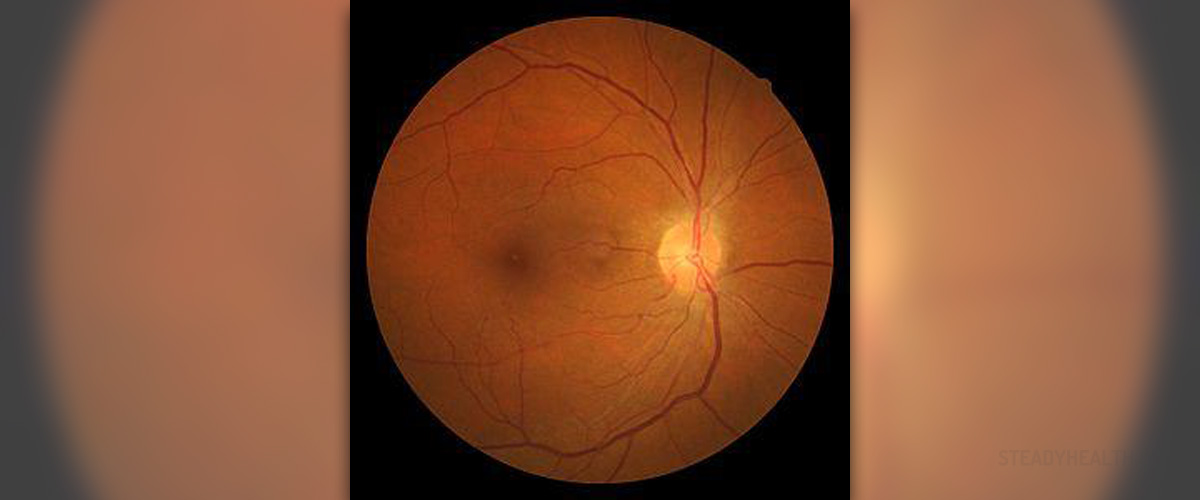
Patients suffering from diabetes unfortunately do not only face issues related to abnormal levels of sugar in their blood. They are also prone to various complications of the disease some of which develop rapidly while others occur after many years. Diabetic retinopathy is one of complications most diabetic patients eventually develop. The condition affects the retina in such a way that one loses sight and may even end up blind. Since the disease tends to be perfidious and cause structural changes to the organ much before the actual symptoms develop, it is of major importance for diabetic patients to undergo routine eye exams. Eye exams can easily detect the condition in its early stage and with adequate treatment vision loss may be successfully prevented.
Problem with Diabetic Retinopathy
In patients suffering from diabetes the abnormal (elevated or poorly controlled) level of sugar triggers damage to various blood vessels in the body including those in the retina. Once retinal blood vessels undergo structural changes the first symptoms occur. One may complain about seeing spots or floaters in the field of vision, having blurred vision or having a dark/empty spot in the very center of vision. These patients also have difficulty seeing well at night.
Diabetic retinopathy progresses through several stages. Initially, symptoms are either non-existing or relatively mild and frequently neglected. This is a so called non-proliferative retinopathy characterized by weakening of blood vessels in the retina and development of microaneurism. Left untreated non-proliferative form of the disease soon becomes proliferative diabetic retinopathy. In this case there are newly formed blood vessels which start to grow in the retina but also occupy the vitreous. These blood vessels are rather fragile and leak easily. This leakage is actually what causes vision disturbance of different kind.
The condition is reported to affect both patients suffering from type 1 and type 2 diabetes. The longer the patient is suffering from diabetes the greater are the chances for him/her to develop diabetic retinopathy. The onset and progression are quick in individuals with poorly controlled primary disease.
Interesting facts are that diabetic retinopathy affects more Hispanic and African Americans, those suffering from other medical conditions such as hypertension and high cholesterol as well as pregnant women.
The severity of the condition and the extent of damage are two factors that play a significant role when opting for the most suitable treatment. Abnormal blood vessels are easily destroyed with laser. More advanced cases when the vitreous is affected require surgical removal of the vitreous and its replacement with a bubble gas or silicone oil (vitrectomy).
Finally, all patients suffering from diabetes mellitus are supposed to maintain impeccable level of sugar in blood and undergo regular eye exams which will detect early changes in the retina and successfully prevent further progression of retinopathy.
Hypertension Causes Retinopathy
Apart from diabetes other systemic conditions may also trigger damage to the retina and subsequent vision problems or even vision loss. Elevated blood pressure is known to cause damage to blood vessels throughout the body. This drives to conclusion that eye blood vessels may get affected as well.
Hypertensive retinopathy is a serious condition characterized by severe damage to retinal blood vessels. The retina suffers more damage in case hypertension lasts for a long period of time and especially if it is not properly dealt with. What is more, if there are additional conditions such as diabetes or hypercholesterolemia or a person cherishes habits such as smoking, he/she is more likely to end with retinopathy.
Unfortunately, the majority of patients with hypertensive retinopathy are not aware of the condition until damage to the retina becomes way too serious. The first symptoms patients typically report are double or dim vision and headaches. Headaches are either associated with the hypertension itself or develop as a consequence of eyestrain. It is possible for one to experience sudden vision loss.
In the majority of cases hypertensive retinopathy is reported in middle age or older individuals. Also, it seems that African-Americans develop this type of retinopathy more compared to Caucasians.
As for clinical findings, an eye exam reveals cotton wool spots and flame shaped hemorrhages. Some patients may additionally develop macular edema. Retinal blood vessels are usually affected by atherosclerosis which triggers arteriolar narrowing, arterio-venous crossing changes, arteriolar color changes as well as vessels sclerosis. The combination of hypertension and atherosclerosis is highly detrimental for each and every blood vessel in the body.
The goal of treatment is to bring the underlying hypertension under control and prevent further damage to the retina. Papilledema and malignant hypertension are both medical crisis that require prompt treatment in hospital emergency room.
And finally, grade of hypertensive retinopathy is closely connected with the risk of some other medical issues such as heart and kidney complications. Namely, patients suffering from grade 4 hypertensive retinopathy are at higher risk of heart attack, stroke and irreversible damage to the kidneys.




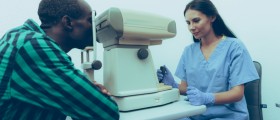







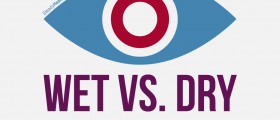
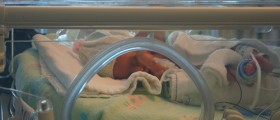

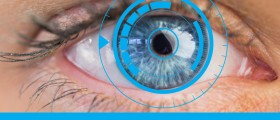

Your thoughts on this
Loading...